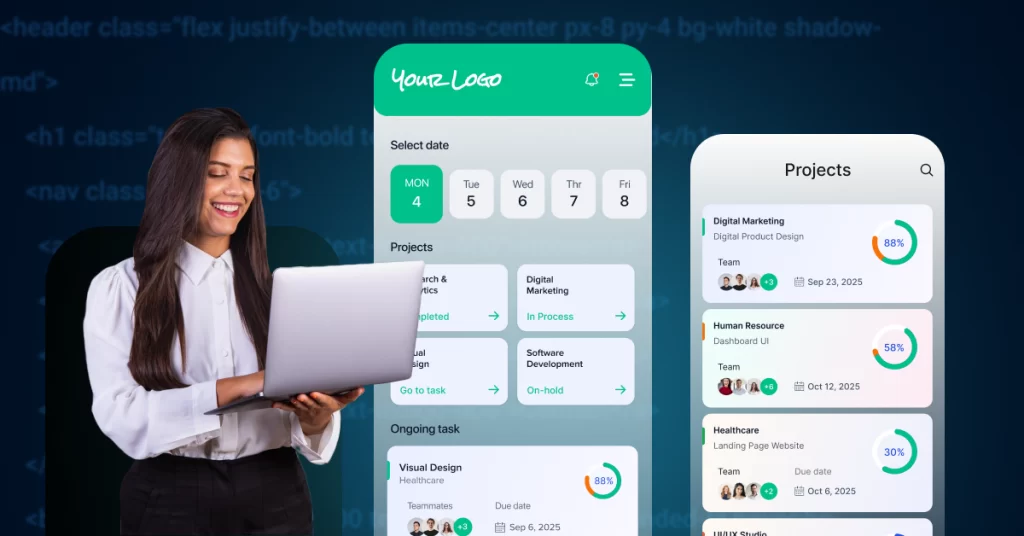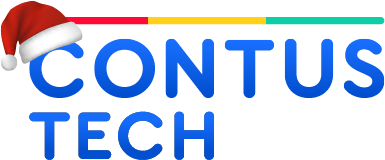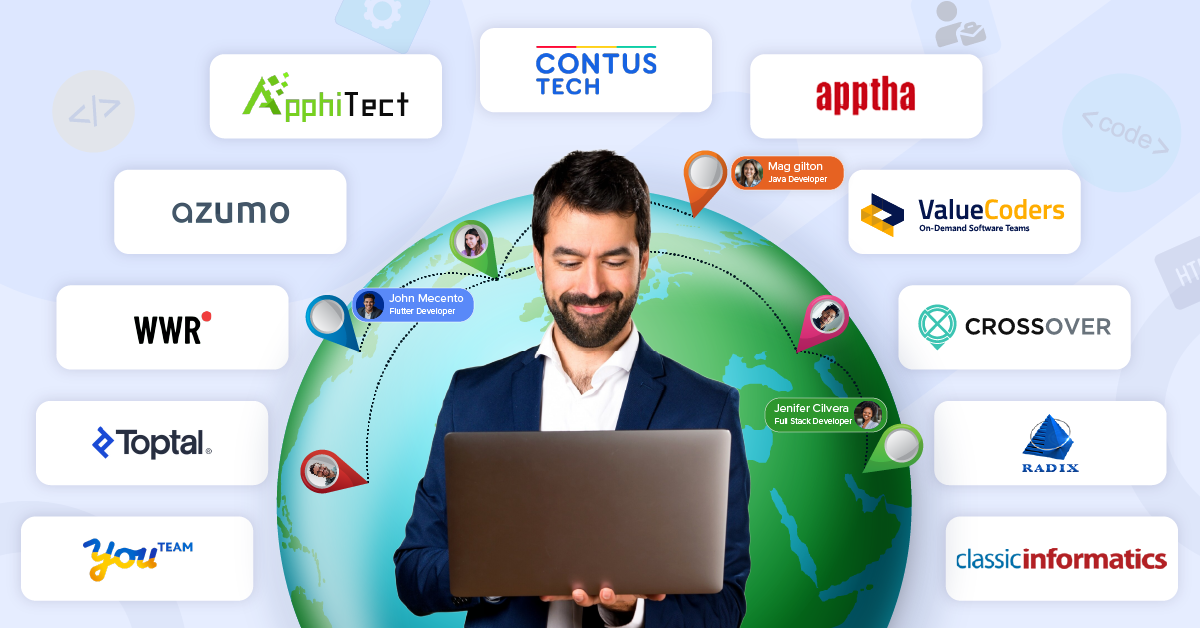Digital Product Development: Process, Features & Cost 2026

Digital isn’t just a keyword for software and mobile applications. It is a trend that is transforming the way people carry out tasks. From cashier-less checkouts to automation, every industry and every business is moving towards getting the job done quicker and at lower costs.
The change in tides has pushed founders into unexplored waters called digital product development.
Digital products help founders keep up with changing trends. It allows them to take advantage of fully customizable solutions that solve the target market’s challenges and enhance their overall user experience. Data from PwC states that investing in digital product development has reduced TTM by 17% and production costs by up to 13%.
Developing a digital product is a complex task, given the critical role it plays in the growth of a business.This blog explores the important concepts related to digital product development. It talks about what digital product development is all about, all the steps involved, and more. Read on!
📢 Key Takeaways!
- Digital product development involves creating high-performing software products that address the pain points of businesses and end users.
- There are several stages in digital product development. They include conceptualization, market research, prototyping, development, testing, and digital product launch and maintenance.
- The cost to develop a digital product can range from $15,000 to $200,000, depending on factors like the complexity of the project, the location of the development team, the features to be added, and the chosen outsourcing model.
- A digital product development company can help founders sculpt performance-oriented digital products that scale to evolving user and market requirements.
- Most companies offering digital product development services also take care of the support and maintenance aspect of the product.
Table of Contents
What is Digital Product Development?
Digital product development is the process of building digital products like mobile applications, software, and websites with the objective of providing technological solutions to the end user. The end user, in this case, is usually a business or an individual.
The process involves engineering and launching a digital product from scratch, handling all aspects such as ideation, development, testing, and iteration. The next section explores the digital product development lifecycle to help you understand better.
Founders looking to build a digital product should consider reaching out to professionals. An experienced company offering digital product development services is the right option in this regard. These firms come with the expertise and resources that digital product development demands. They also provide post-launch services, like support and maintenance, to ensure usability issues are rectified and that the product receives regular performance and security upgrades.
Key Stages of Digital Product Development
The digital product development lifecycle has 6 stages, which are conceptualization, market research, design and prototyping, development, quality assurance, and product launch. Each step has to be completed before moving on to the next. The design, development, and testing stages are repeated based on user feedback and performance optimization features implemented.
Here is a table that talks about the 6 stages in digital product development and the goals, activities done, the focus, and the specialists involved in each stage.
| Aspect | Conceptualisation | Market Research and Planning | Design and Prototyping | Development | Quality Assurance | Launch and Continuous Support |
|---|---|---|---|---|---|---|
| Goals | Identify target audience requirements and propose solutions. | Evaluate the market and technology gaps. Create a strategy for product development. | Create efficient designs and prototypes. | Build the proposed digital product. | Test the developed digital product. | Launch the product and provide regular performance updates. |
| Key Activities | Creating PoCs, defining product vision, and identifying target audience. | Create value proposition and analyze competitors. Devise a product development roadmap. | Develop lo-fi and hi-fi prototypes and wireframes. | Write and compile code. | Run testing procedures to identify bugs and issues. | The digital product is launched and continuously monitored. |
| Primary Focus | Innovation and meeting market requirements. | Problem identification, competitor analysis, and project timeline. | Visual aesthetics and smooth user experience. | Functionality and adherence to USP. | Reliability, security, and performance. | Smooth launch, end-user adoption, and continuous monitoring. |
| Specialists Involved | Product managers, product designers, marketing professionals | Market researchers, product managers | UX/UI designers, prototypers | Developers, professionals based on technology specialization. | QA testers, usability experts, test engineers. | Deployment specialists, deployment managers, technical support teams. |
The sections below explore the six stages in detail.
✅️ Conceptualization
The idea for the digital product takes shape in this stage. Product managers take part in long brainstorming sessions to identify the feasibility of the product idea. They pinpoint the challenges the target audience faces and strategize methods to address them.
Product development strategies like PoCs are utilized here. User personas are created here, as they help in drafting a strong product vision.
The objectives that the digital product should meet are also decided in this stage. Product managers often involve development teams to analyze the possibility of including a specific feature before proceeding to the next step in the digital product development lifecycle.
✅️ Market Research and Planning
Market research is critical to the success of any digital product. The research team, which usually includes market researchers and the product manager, conducts an in-depth study of the target market.
The goal of this stage is to understand the market and find out what works and what doesn’t work. Competitor analysis is also conducted in this stage, providing valuable information on the current options of the target audience and presenting opportunities that the proposed digital product must capitalize on.
The roadmap for the digital product development process is also planned here. The project scope and deadline, the milestones that need to be met, and the features to be included are finalized here.
✅️ Design and Prototyping
The digital product takes shape in the design and prototype stage. UX/UI designers utilize information from the previous stages to develop wireframes and prototypes to demonstrate how the final digital product will look and function.
Detailed wireframes are used to depict how the user interface of the digital product will look and how the end-user interacts with it. Prototypes, on the other hand, are working models of the final product. They are developed to be presented to the stakeholders and the product owner(s).
This stage usually goes through a few iterations, as the designers may have to rework the UI based on stakeholder feedback.
✅️ Development
The code for the digital product is written in this stage based on the scope of the project. The most common development methodologies implemented include Waterfall, Agile, DevOps, DevSecOps, and Lean. Each methodology has its own set of pros and cons.
The design and development teams work together to turn prototypes and documentation into a fully functional digital product to be deployed to the end user. Security measures are also implemented, based on the chosen methodology.
In addition to coding, the other tasks carried out in this stage include database creation, integration, and optimization, including third-party APIs and services, and server configuration.
✅️ Quality Assurance
The developed digital product is next for performance and optimization issues. Testing teams employ numerous strategies, including unit testing, integration testing, system testing, and regression testing.
This stage of digital product development also involves testing the product for compatibility issues with multiple devices and browsers (if it’s a web-based application). Cross-platform applications are rigorously tested for error-free usage across platforms.
The digital product then moves to user-acceptance testing, where a group of beta testers tries the product and provides feedback. This type of testing reveals usability issues and other areas for improvement.
✅️ Product Launch
The digital product is launched to the target audience. Depending on the project’s objectives, the product might be launched to an app market, to the users of a service, or to the employees of an organization.
A contingency plan is usually in place during product launch to tackle any last-minute issues that may crop up. The marketing team is also involved to ensure a sound marketing strategy is in place to promote the digital product.
After launch, the technical support team steps in. They offer assistance with installation and functionality challenges that the end user may face. The digital product is also continuously monitored to provide performance and security upgrades through periodic patches.
How Much Does Digital Product Development Cost in 2026?
The cost of developing a digital product can be between $15,000 and $200,000. Multiple factors, like the complexity and the location of the development team, contribute to the final price. Here is a detailed look at these factors.
➡️ Cost Based on Product Complexity
The complexity of the digital product has a major impact on the final cost. Basic projects are inexpensive to make, as the time and resources required are less. The cost of developing digital products with intermediate or advanced levels of complexity is high, as they demand plenty of resources and the expertise of specialists. These digital products also usually have third-party integrations, which add to the final cost.
The table below explains the cost of digital product development based on complexity.
| Complexity | Approximate Cost |
|---|---|
| Basic | $15,000 – $50,000 |
| Intermediate | $55,000 – $125,000 |
| Advanced | $125,000 – $250,000+ |
➡️ Cost Based on Development Team Location
Another crucial component of digital product development cost is team location. The cost factor is applicable when companies decide to partner with a software product development company. Economic reasons and the demand for developers influence the final cost of development. Developers from countries like India, Ukraine, and Vietnam are on the affordable side, while those from countries like the USA and the UK are expensive.
Here is a table that lists the approximate cost of hiring a developer from 5 different countries.
| Location | Approximate Cost Per Hour |
|---|---|
| India | $15 – $50 |
| Ukraine | $25 – $60 |
| Australia | $35 – $90 |
| UK | $50 – $120 |
| US | $75 – $180 |
The other factors that contribute to the cost of digital product development include
- The Level of Customizations: The number of customizations and features to be added will add to the final cost. If the customizations include elements like live dashboards, then the development cost will be even higher.
- The Chosen Outsourcing Model: Most digital product development firms offer multiple engagement models, namely hiring a dedicated team, staff augmentation, and hiring a team based on project requirements. Each of these models comes with its own set of pros and cons. It helps to talk with the chosen digital product development company to get clarity on things.
Wrapping Up
As a founder, investing in digital product development has become a necessity. The competitive market demands players who are updated on the latest trends and provide solutions that ensure end-user satisfaction and operational efficiency. A digital product helps founders achieve this goal.
The digital product development lifecycle has 6 stages. The processes in each stage have to be executed carefully to make sure the final product is something that meets both client and user expectations.
Partnering with the right digital product development company is recommended here. They have the right combination of expertise and experience to guide founders on their advanced digital product development journey.
The digital product development market is a crowded one. Fortunately, the achievements of the best few, like CONTUS Tech, stand out. Go through their portfolio and the case studies available to understand the type of projects they have handled, the challenges they faced, and how they overcame these challenges. Most company websites also have digital product development examples. Don’t forget to go analyze them as well.
With the right development team, your digital product will weather volatile markets and changing user demands. Make the right decision today!




